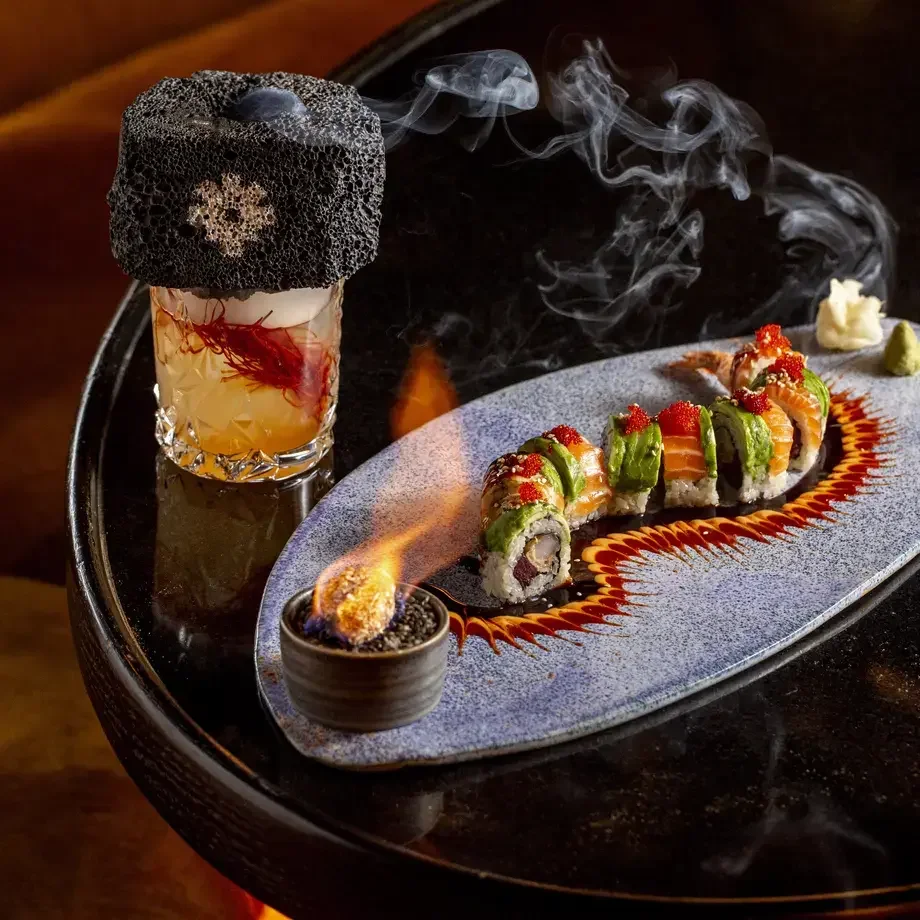Blueberries
Blueberries are another antioxidant-rich fruit, and they are also a great source of B vitamins. They have a delicate, fruity flavour, and an attractive blue colour. It would take a lot of blueberries to make a decent amount of juice, though, so they are often paired with other fruits like apples or cranberries.
Pineapples
Pineapples are a good source of vitamin C and manganese, and they add a fun, tropical flavour to juices and cocktails. Pineapple juice by itself is too sweet for most palates, but it tastes great with creamy coconut milk, or as part of a freshly made piña colada.
Peaches
Peaches are high in antioxidants and have a mellow, sweet flavour. For the largest, juiciest fruits, wait until late summer, when they are at their best.
Cranberries
Cranberries are another antioxidant-rich ‘superfood’, and cranberry juice is often taken as a cure for urinary tract infections. They have a very tart flavour, and are best mixed with other fruits. Some of the substances found in cranberries can interfere with certain medicines, so consult your doctor first if you’re planning on drinking cranberry juice regularly.
Lemons
An excellent source of vitamin C, lemon juice is used to balance overly-sweet juices, or in cooking, as it is too sour to drink by itself. Many people choose to juice a large batch of lemons and store it in the fridge or freezer for later.
Mangoes
Mangoes have a rich, nectar-sweet flavour, and are high in antioxidants. They are popular in both juices and smoothies, but be sure to remove all the skin before you add them to the blender, as it contains potentially harmful toxins.
As well making juice with your regular blender at home, you may have noticed bottles of cold-pressed juice in the chiller at your local supermarket, or seen adverts for cold pressed juice plans online. Find out if this new health trend lives up to hype with our article on the science behind cold pressed juice.












